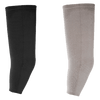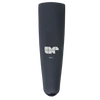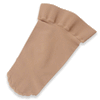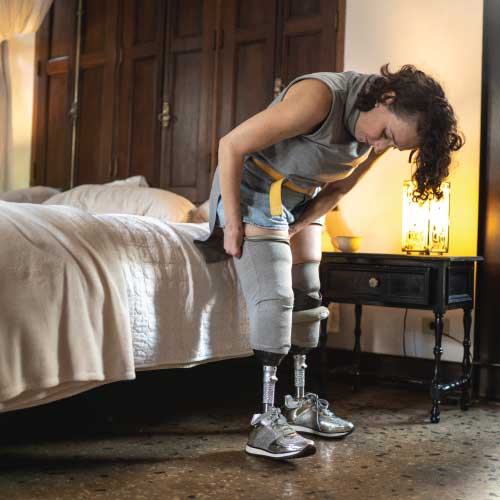Phantom Neuro Secures $19M to Turn Phantom Limb into Movement
Reading Time: 4 minutes
Do you experience phantom limb sensation? Perhaps you feel pressure, itchiness, or temperature changes in the part of the limb that’s missing. While these sensations can be bothersome, what if you could use them to control prosthetic limbs? The technology to make all this possible is already underway.

Phantom Neuro, a neurotechnology startup, developed a wristband-like device that would be implanted beneath the skin, allowing users to control their prosthetic limbs. The company recently secured $19 million to fund its next-stage development efforts.
Phantom Neuro’s foundation is rooted in the phenomenon of phantom limbs, which many individuals with limb loss experience due to remaining nerve endings that were once associated with their lost limb. Their innovative software, called “Phantom X,” is designed to interpret the nerve impulses from these endings and convert them into precise movements of a prosthetic limb.
The company demonstrated that its system achieved 94% accuracy in recognizing 11 different hand and wrist movements. But when the device is implanted, Phantom Neuro claims that the accuracy improves further, enabling users to regain up to 85% of their natural functionality after just 10 minutes of calibration.
Ottobock, a German manufacturer specializing in prosthetics and various medical devices, is taking the lead as a strategic investor in this funding round. And with Ottobock on board, Phantom Neuro can expedite their work by integrating their nerve-prosthetic interface with Ottobock’s prosthetic limbs.
Furthermore, several of the company’s previous backers are also invested in this research, including Draper Associates, Time BioVentures, Risk and Return, Breakout Ventures, and LionBird Ventures. New investors include Actual VC, Brown Advisory, E1 Ventures, Jumpspace, MainSheet Ventures, and METIS Innovative. Additional investment comes from notable entities such as Intel and Johns Hopkins.

Who is behind Phantom Neuro?
Phantom Neuro was founded by Dr. Connor Glass, who has been driven by the goal of making a “scaled impact” in the world from a young age.
Initially believing that joining the military would be his path to making a significant difference in the world, he signed up for the Reserve Officers' Training Corps (ROTC) while in university. However, frequent stress fractures from physical activity forced him to reconsider this trajectory.
Still committed to making a difference, Glass switched from a major in political science to pre-med after realizing his passion for neuroscience. He envisioned making a profound impact as a neurosurgeon, helping individuals with more severe physical challenges than his own experiences with stress fractures.
After graduating from medical school, Glass joined Johns Hopkins. There, he engaged in cutting-edge medical research on brain implants designed to enhance physical movement.
While exploring this innovative field, he recognized that brain implants were still in their infancy, often cumbersome and overly invasive. This insight sparked an idea centered on phantom limbs.
By examining the human body’s broader neural network and focusing on nerve endings, Glass sought to leverage the phenomenon of phantom limbs. His goal was to understand the signals they send and translate them into real-world applications.
This endeavor ultimately led to the creation of Phantom Neuro.
Next steps
The company plans to make its tech available first for prosthetic arms. Support for prosthetic legs will be added soon after that.
However, this technology can extend beyond prosthetic limb use; it can also be used to remotely control robots and assist robots in learning to move in more human-like ways.
However, all of that is very much in the distant future.
Would you use a prosthetic limb that can be controlled through your phantom limb?
Related reading:
Harnessing the Brain: The Dawn of Superhuman Abilities with BCIs
This Man Has Been Wearing a Brain-Computer Interface for 7 Years











































































